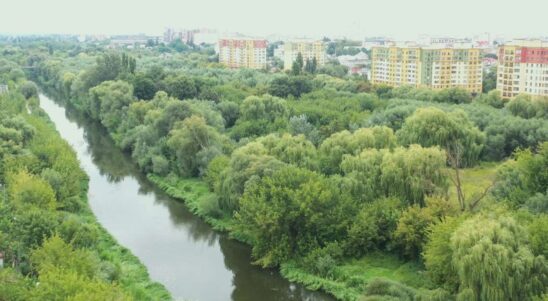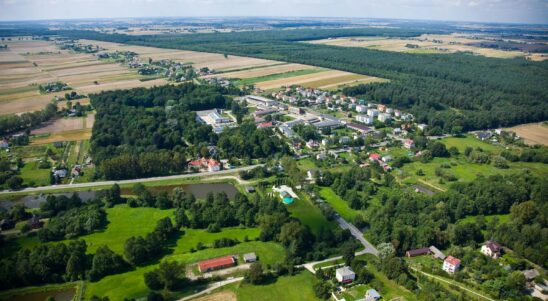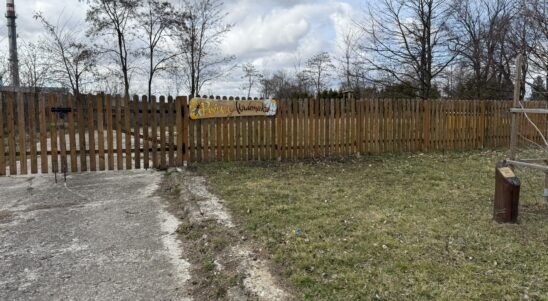The rapid spread of invasive plant species is causing enormous damage to biodiversity and the environment. Invasive plants displace native species, creating monocultures and simplifying wildlife habitats. In Ukraine and Poland, more than 80 plant species cause damage to agriculture and forestry.
The objectives of the project are to assess the occurrence and diversity, as well as to control and monitor invasive populations of Sosnovsky hogweed on the Polish-Ukrainian border. The project covers the Lviv Oblast in Ukraine and Lubelskie, Podlaskie and Podkarpackie voivodeships in Poland.
Effective measures to combat invasive hogweed will be tested and applied. These are intended to prevent the spread of this plant and help restore natural diversity. So far, there is no detailed information on the spatial distribution of hogweed and its impact on nature. Through various remote sensing survey methods (satellite and aerial), project partners expand their knowledge on this subject. Thanks to WebMap technology for sharing results, open access to knowledge on biodiversity and invasive alien species will be provided. Information on known hogweed locations will be gathered from local communities via the WebGIS application. An analysis of satellite images will be carried out to identify new locations of the dangerous hogweed species. Computer equipment will be purchased to enable the analysis. A promotional and information campaign (video and paper materials, training for all age groups) will spread awareness of the problem in local communities.
The joint, cross-border approach to the conservation of biodiversity against an invasive species will ensure an exchange of experience and cooperation between project partners. It will enable a comprehensive assessment of the status of hogweed populations and the testing of control methods on a larger scale. It will make it possible to monitor and limit the dispersal routes of the species under study. The areas where the project will be implemented are connected by the border river Bug, which is a site of hogweed propagation. By eliminating the threat of invasive plants, the quality of life for residents and the environment will be improved.
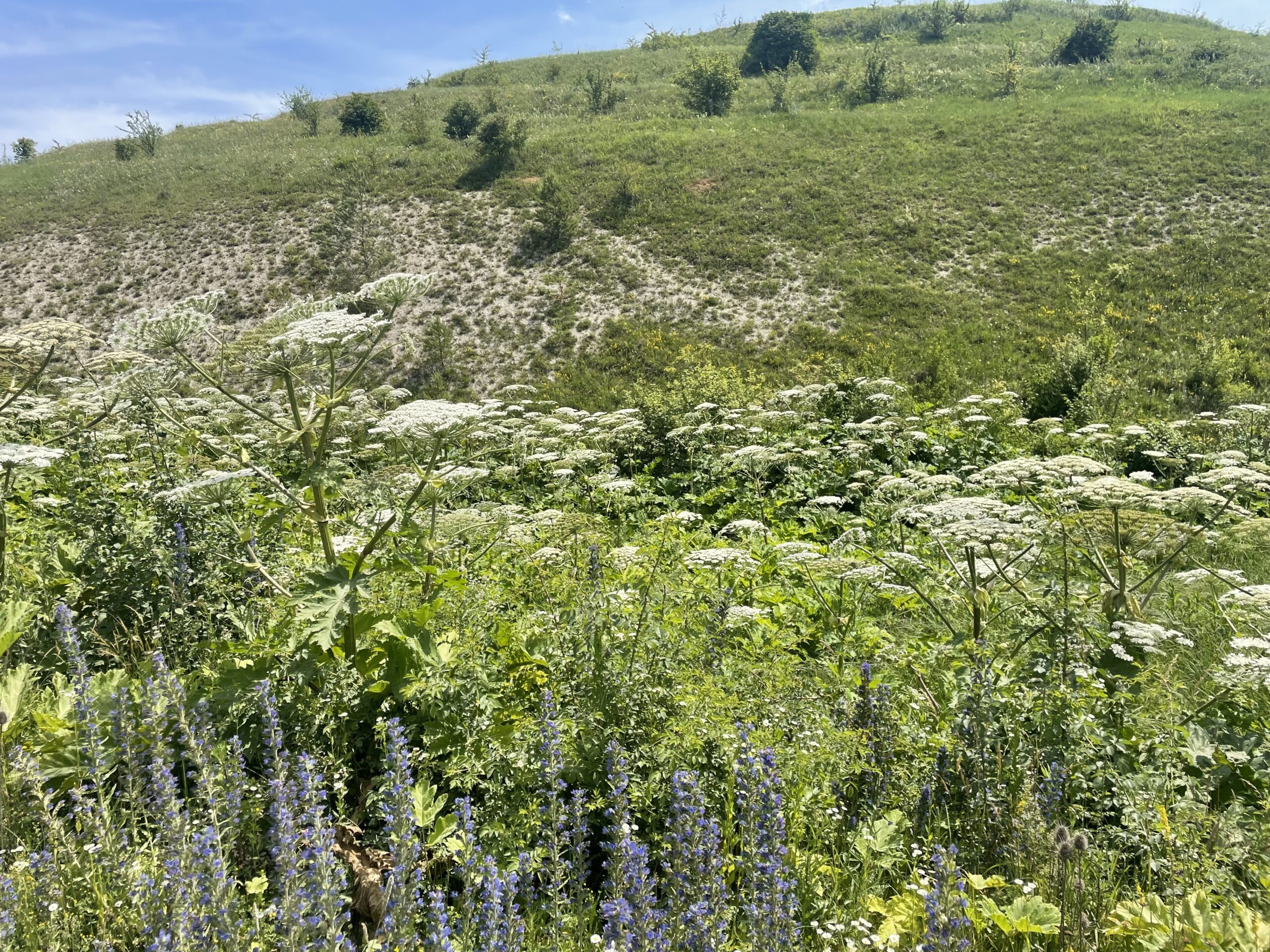
 ZeroHeracleum
ZeroHeracleum
 Cooperation - 4.1
Cooperation - 4.1 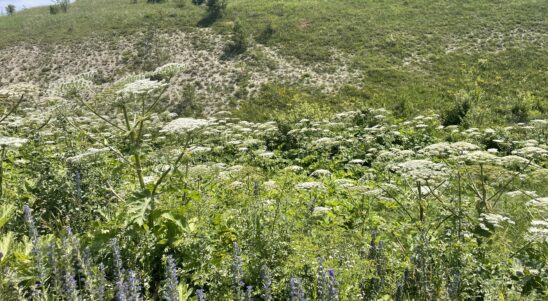
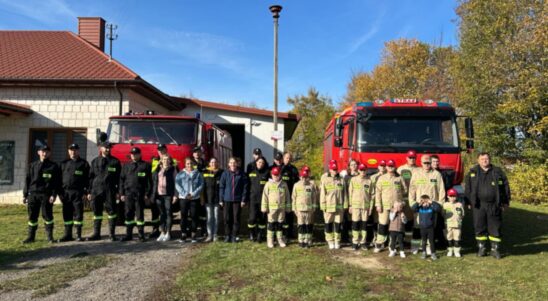

 Health - 2.1
Health - 2.1 
